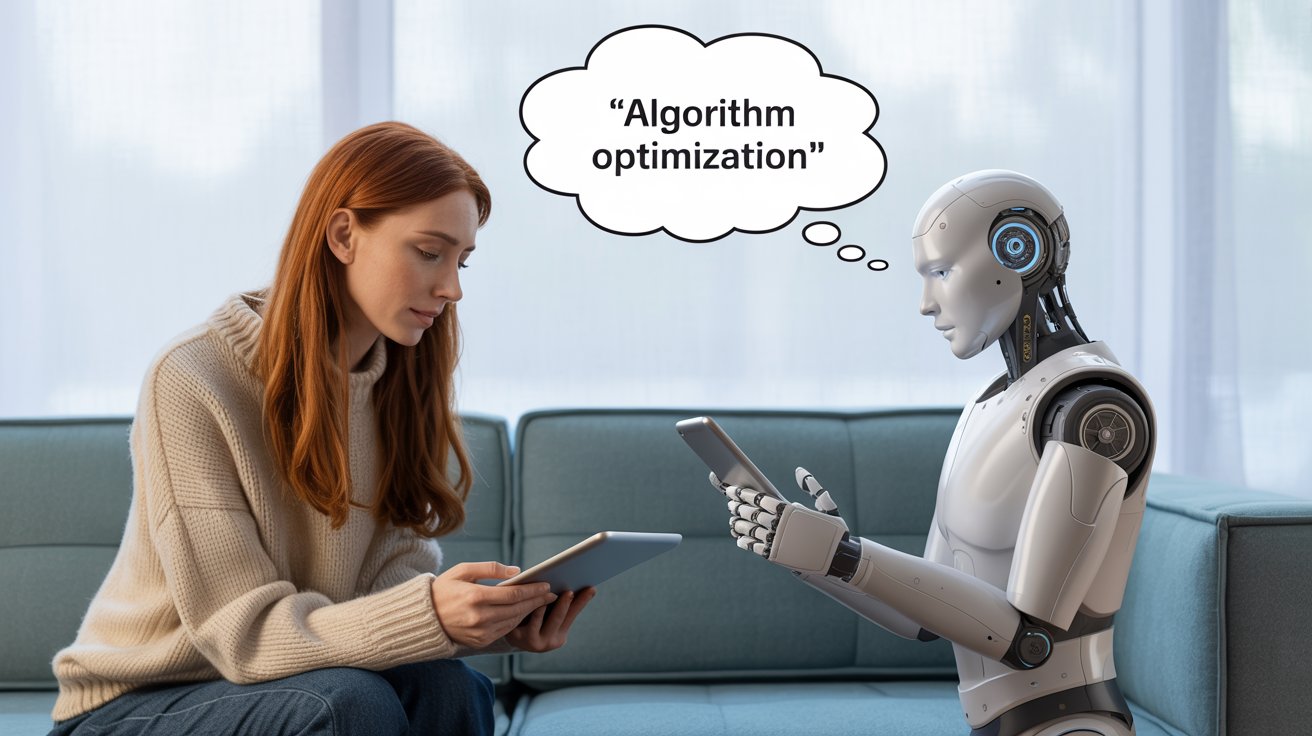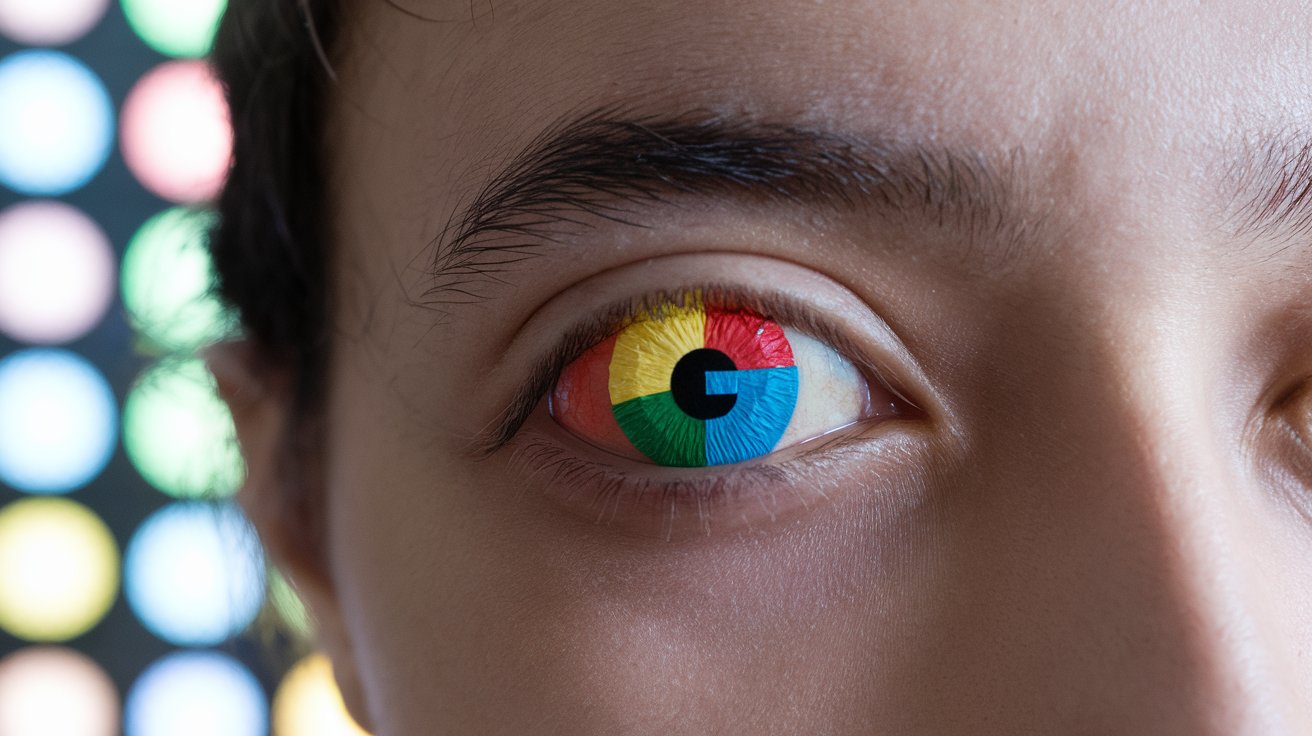content
Introduction
In May 2024 Google officially moved AI Overviews from the experimental Labs environment to the core results page. The colorful summary card now appears above organic links and—most relevant to us—above or between paid ads. Over the first weeks ADV Advantage monitored the metrics of ten U.S.-focused accounts and can now share observations and practical advice. No, this is not “the death of PPC,” but long-familiar strategies will feel a distinct jolt.
From Knowledge Graph to Generative Snapshot: the road to AI Overviews
Google has spent more than a decade testing how self-contained a results page can become. The first big step arrived in 2012 with Knowledge Graph—a side panel that pulled factual nuggets from public databases. Two years later came Featured Snippets: a single paragraph lifted from one page, promoted to “position 0” and siphoning off a healthy share of organic clicks. In 2018 Google added People Also Ask, backed by a Natural Language API that could extract concise Q&A pairs on the fly.
The idea of a true mega-snippet—a paragraph synthesized from several sources—emerged internally in 2020. Early prototypes were impressive but fragile: contextual drift and outright mistakes made them unfit for prime time. Everything changed with the arrival of BERT and, later, PaLM 2. These models dramatically reduced hallucinations and learned to keep the thread of a multi-part query.
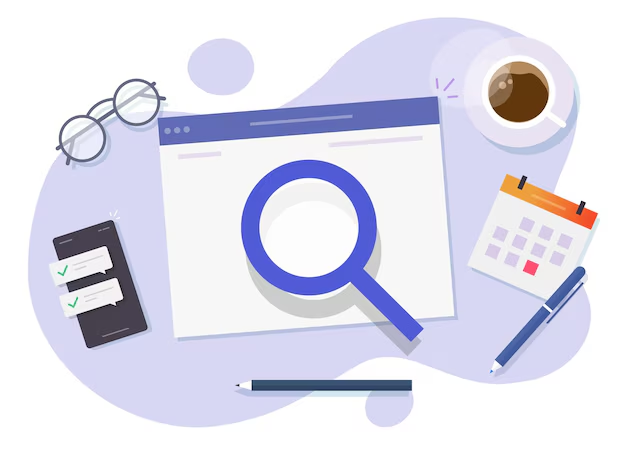
At I/O 2023 Google unveiled Search Generative Experience (SGE) inside Labs. A limited group of testers saw an AI-written summary appear before organic links. Over the next twelve months engineers harvested feedback, tweaked ranking signals, and, crucially for advertisers, measured how often the new block cannibalized paid clicks.
The public rollout landed in May 2024 under the cleaner name AI Overviews. Text answers were joined by Merchant Center data—prices, ratings, and thumbnails—plus a compact product carousel. The final design follows a clear logic: fast answer first, sources second, ads and traditional results immediately below. After twelve years of incremental experiments the “built-in handbook” has become a fully fledged, context-aware layer of the SERP, and PPC professionals now have to decide whether to resist, adapt, or—better yet—exploit it.
The Evolution and Rise of UGC: From Casual Reviews to a Marketing Phenomenon
What AI Overviews are and why they are more than an “extended” snippet
An AI Overview is a block of automatically generated text that answers a user’s query in the form of a tight synopsis. A gray label (“Google AI Overview”) sits above the text, a short list of sources below it. On desktop the element occupies roughly one-third of the first screen; on mobile it claims almost half. When the query carries commercial intent, the system often inserts a compact product carousel from Merchant Center—price, image, rating, and store logo.
Google’s stated goal is to accelerate delivery of a “complete” answer, reducing clicks to outside sites. The question for the PPC market is clear: will we pay for clicks if the user gets the essential information right inside the Overview and moves on?
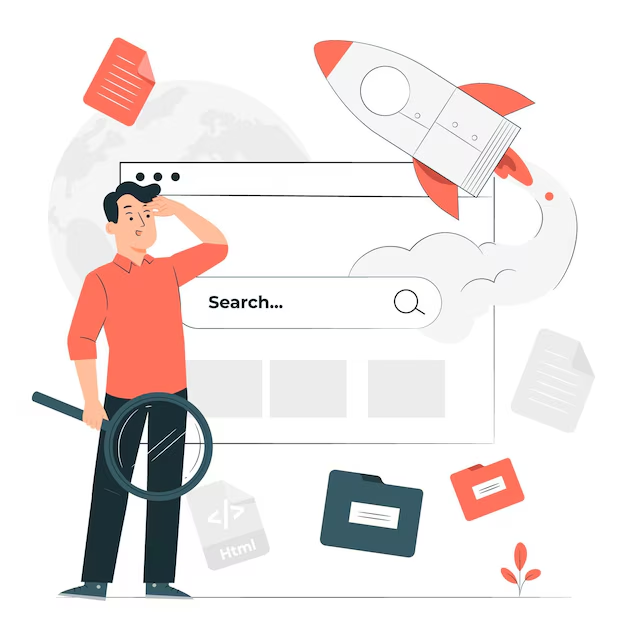
How user behavior has changed (and what the first numbers say)
During a three-week observation window across nine U.S. advertisers, we recorded an average drop of 23–28 percent in text-ad CTR for informational queries. At the same time CPC fell about 15 percent as competitors lowered bids or paused those keywords.
Commercial and branded queries suffered far less: AI Overviews show up less often above strictly transactional keywords. When the card does appear, the user tends to read it and then return to the ad already armed with reassurance. Conversion rate slipped by only two percentage points—less than we initially feared.
What happens to different campaign types
Search ads
With new UI real-estate pressure, ads with lower Ad Rank slide below the fold and lose impressions. Informational phrases like “how to choose a sleeper sofa” are hit hardest—the Overview provides the checklist, and the user feels informed.
Performance Max
Certain Merchant Center items surface inside the card itself as “products to consider.” The display is free; if the user clicks, you still pay a normal Shopping CPC. The mechanism resembles Product Listing Ads but sits even higher.
Branded campaigns
The AI block rarely appears over exact-match brand queries. The long-standing rule “own Top 1 on your brand” remains the safest harbor.
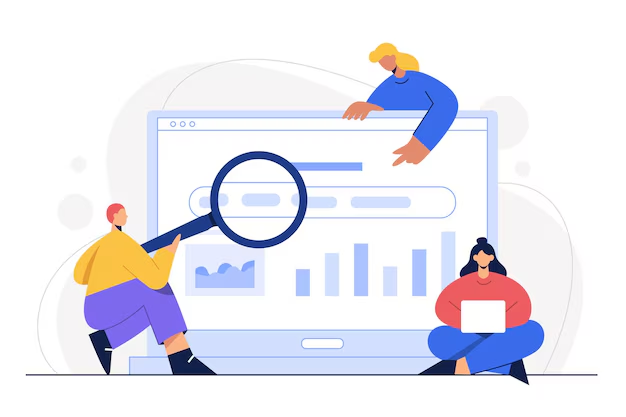
Practical steps already delivering results
Re-cluster keywords
Move informational terms to a separate ad group with capped bids. Instead of fighting for every top-of-funnel click, reinforce consideration via Display or YouTube retargeting once the user has consumed the Overview.
Enrich product feeds
Upload images of at least 1200 × 1200 px, place price in the title, refresh ratings. Visual content with rich attributes is more likely to populate the snapshot carousel.
Enable Automatically Created Assets
In Performance Max, allow Google to assemble responsive banners and videos. Elements from those assets often appear inside AI Overviews as “seller highlights.”
Preserve budget for brand
Because the algorithm seldom intrudes upon pure brand SERPs, maintain an aggressive bid and stay in the upper block—this remains a low-volatility zone.
Challenges that remain
Even with pristine analytics you will not yet see an “AI Overview impression share” metric in Google Ads. You must rely on external SERP parsers or a custom script to log the block’s presence.
A second concern is reputational. At times the AI summarizes from questionable sources. If you sell medical devices or nutraceuticals, the risk is acute: inaccurate guidance beside your ad can undermine credibility.
Achieving success in PPC advertising by understanding the B2B client
Conclusion: cautious optimism over panic
AI Overviews introduce another link between query and click, yet they do not barricade the path to advertising revenue. Traffic has become pickier: users consume a first dose of information without leaving Google, then click only when ready to act. That is why we already observe lower CTR but stable—or sometimes lower—lead costs.
The recipe is straightforward: enrich feeds with quality content, shift informational queries to lower-cost channels, and watch the data—they quickly reveal where bids need adjusting. Google has changed the rules again, yet for those who adapt faster, this new layer opens doors rather than closes them.
Subscribe to our newsletter
